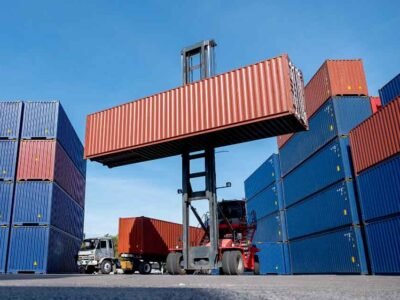Nonprofit organizations depend on fundraising to survive, not only to keep themselves going, but for the causes they help. The data they can gather throughout their fundraising campaigns is an incredibly important part of this, as it can be used for further fundraising in the future. Grab your magnifying glass and uncover ten valuable lessons nonprofits can learn from utilizing their data.
One: Know Your Donors Inside Out
Properly utilized data can tell you much more than simply how much donors donate. It can shed light on who they are, what motivated them to give, and how they choose to engage with your organization. You can tailor your outreach by analyzing the demographics of your donors, their giving patterns, and their preferences. A more tailored outreach means you have a much stronger chance of resonating with your audience.
Two: Spot Trends Ahead of Time
Data isn’t just about looking back; it’s about looking to the future. By doing data discovery, you can identify patterns and trends to anticipate shifts in donor behavior, emerging community needs, and sector-wide trends ahead of time. This proactive approach is sure to help you improve your strategies and have a greater impact.
Three: Lean to Measure What Matters
By tracking key performance indicators (KPIs) and results data, nonprofits can assess the effectiveness of their programs. This information can also be used to demonstrate your effectiveness to stakeholders and beneficiaries.
Four: Engage your Audience
Data can be a significant tool in helping you spark engagement through your social media and learn how to be the most impactful. Why not use data storytelling techniques to bring your impact to life? Your data tells your story; you simply need to package it in a way that’s understandable and accessible to the public. By creating a compelling narrative, you can inspire action!
Five: Learn From Your Mistakes
Data not only shows you where you’re going right, but where you’re going wrong. Nonprofits can use data to learn from their mistakes, identify the root causes, and work out what needs to change. By embracing failure as a learning opportunity, organizations can iterate, innovate, and ultimately achieve greater impact.
Six: Get Sharing
Nonprofits can utilize data to learn how to better collaborate with peers, partners, and stakeholders. By breaking down silos and encouraging a culture of data sharing and collaboration, organizations are in a better position to pool resources, share insights, and amplify their impact. Together, people can achieve more than they possibly can alone.
Seven: Don’t Just Collect Data, Use It!
Data sitting untouched is like buried treasure. Nonprofits may be aware they need to collect data, but they are not harnessing your full potential until they actively use it to inform their decision-making and drive strategy. By leveraging data analysis tools and techniques, organizations can learn how to turn raw data into action!
Eight: Stay Ethical and Responsible
By examining how data is collected, stored, and utilized, organizations can understand the ethical implications of their actions. With great data, comes great responsibility. Nonprofits must go the extra mile to ensure they collect, store, and use data responsibly and ethically. By establishing clear data governance policies and procedures, you can better build trust with those who support your mission.
Nine: Invest in Data Literacy
Nonprofits can gain a valuable lesson from their data analytics, and that’s the importance of data literacy across the organization. As data can provide us with a plethora of information, staff, volunteers, and stakeholders must have the skills needed to interpret and leverage data effectively.
Ten: Celebrate Every Success
The last lesson nonprofits can learn from their data is to celebrate every success. Whether it’s identifying effective fundraising tactics, refining program delivery methods, or recognizing community engagement patterns, nonprofits should celebrate and leverage every success.












